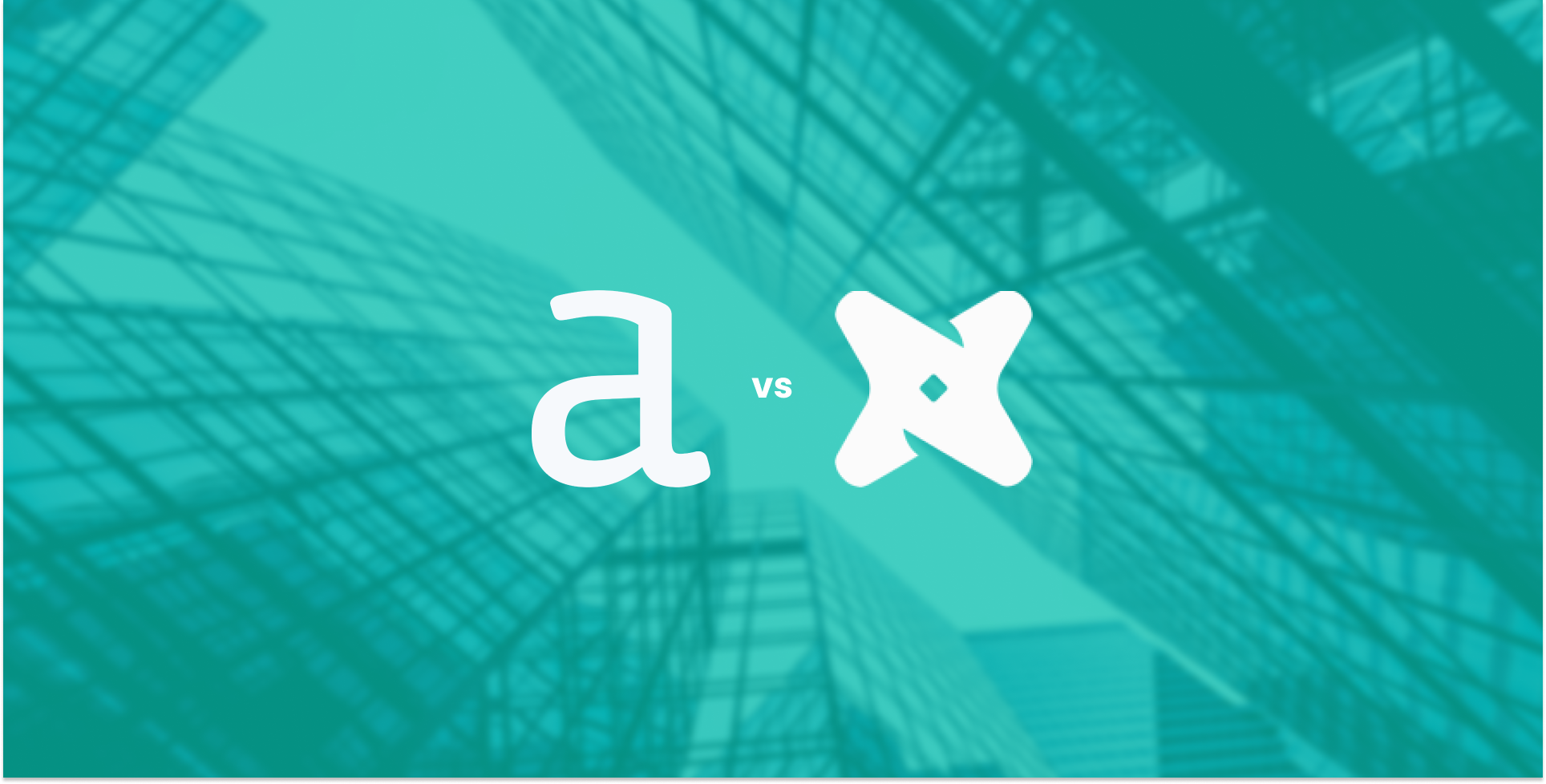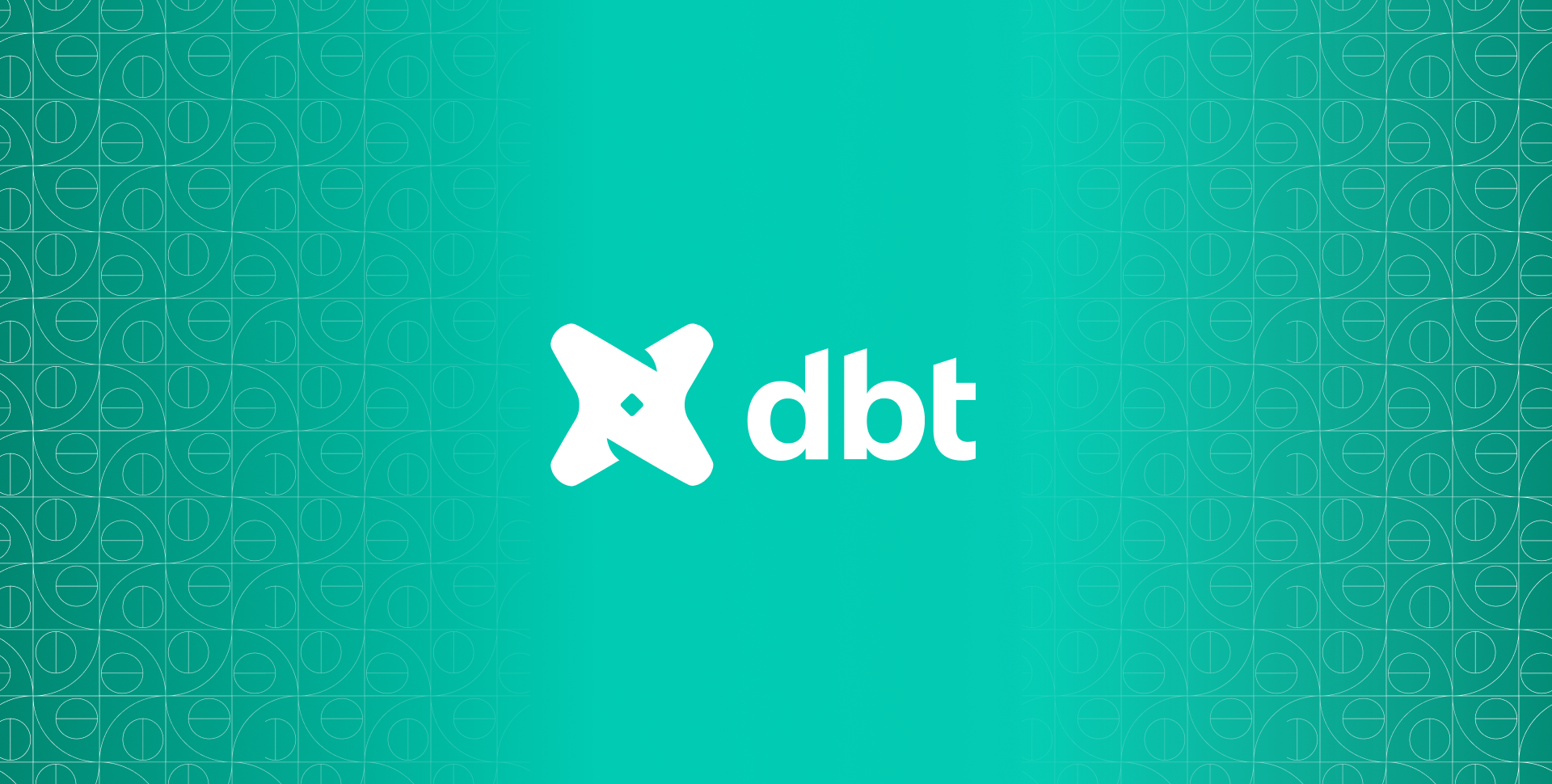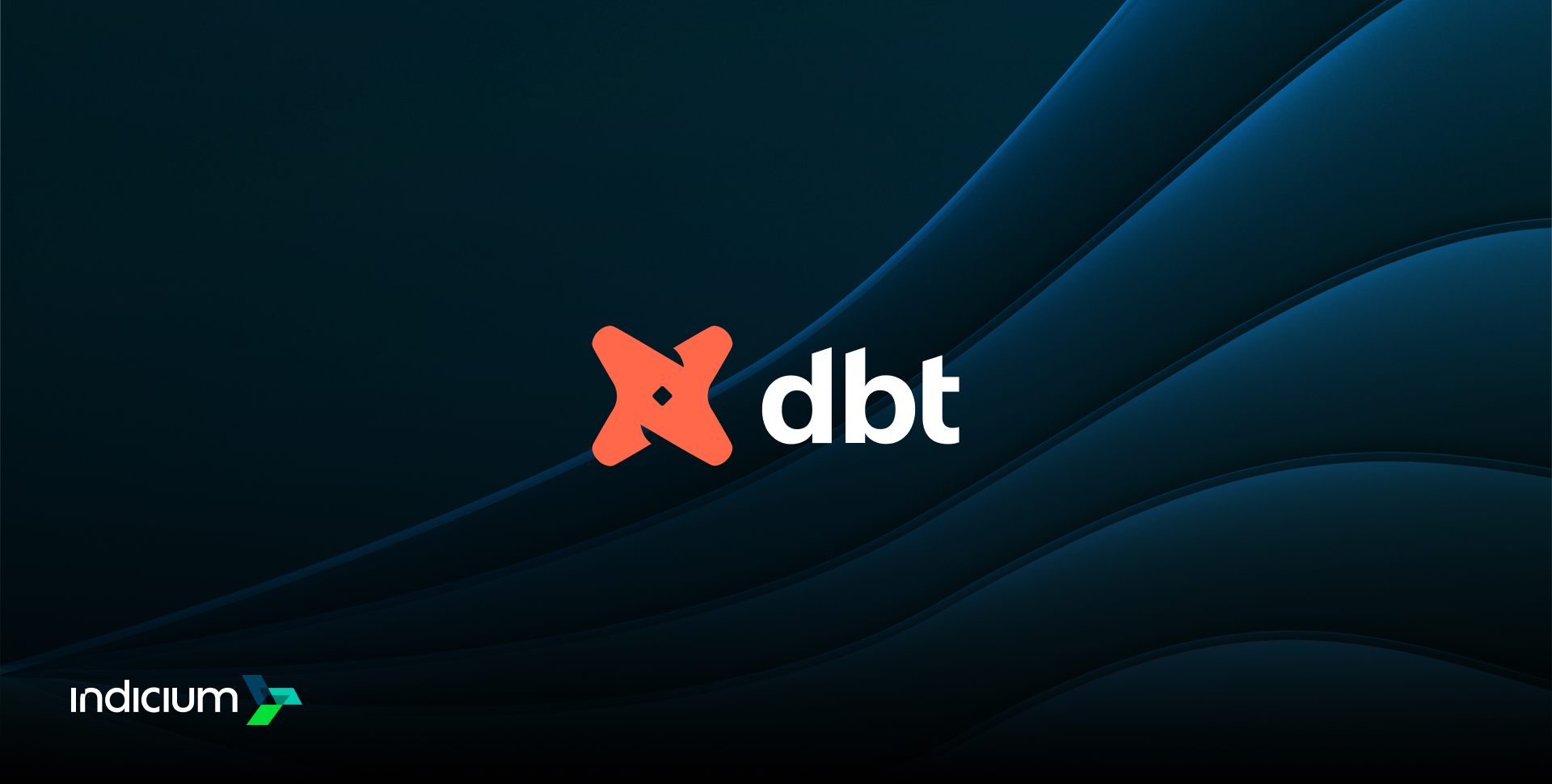
Build a Generative AI Strategy That Drives Real Business Impact
-
 Written by
Written by -
CategoryAI & Data Analytics
-
Published DateJune 26, 2024
Okay, you’ve been bombarded on every channel imaginable about generative AI, ChatGPT, OpenAI, Bard, and the rest. Chances are, you’ve already tried ChatGPT and been blown away by the depth, precision, and nuance it brings to a conversation. You’ve probably seen reports like this one from McKinsey that claim generative AI could add $2.6 to $4.4 trillion to the global economy every year.
If you’re a C-Level executive, you’ve likely wondered how to capture that potential. If you’re in a managerial or operational role, there’s a good chance your boss has already asked you how to make it happen. That starts with a clear generative AI strategy.
This article is here to help. I’ll share a few insights to help you build a generative AI strategy for your business that might make your AI journey clearer and more actionable.
Define Your Playing Field: Strategic Horizons
Yes, innovation can pop up organically in companies and thrive. But let’s be real—every management book says the same thing: set a goal, build a plan, execute, and measure. Generative AI is no different.
You need to understand where it fits in your company’s broader strategy. That’s where McKinsey’s H1, H2, H3 Horizons Framework comes in. It helps you define where to play and how to build a strategic roadmap for AI.
Since this is a blog post about generative AI, I asked ChatGPT for a quick, simple summary using the following prompt:
“I’m writing a blog post about generative AI applications. Briefly and simply describe what the H1, H2, and H3 horizons are.”
Here’s what came back:
- Horizon H1 - Optimizing the Current Business
H1 focuses on optimizing your company’s existing operations. The goal is to maximize results within the current business model. Strategies in this horizon include incremental improvements, process refinements, operational efficiency gains, and cost reductions. The priority is to ensure the company runs effectively and delivers high-quality products and services.
Application: H1 helps maintain competitiveness by improving current processes and efficiently meeting customer needs.
- Horizon H2 - Expansion and Growth
H2 shifts the focus to medium-term growth opportunities. This means exploring new markets, reaching untapped customer segments, and expanding your product or service portfolio. Strategies may include developing new products, entering emerging markets, or expanding geographically. The goal is to strengthen market position and lay the foundation for future growth.
Application: H2 is about seeking opportunities to grow your business and diversify revenue streams.
- Horizon H3 - Transformation and Radical Innovation
H3 is about the long term and focuses on disruptive, transformative innovation. Companies in this horizon aim to redefine their business models, explore cutting-edge technologies, and create breakthrough products or services that reshape the market. Strategies include R&D investments, strategic acquisitions, and bold solution development.
Application: H3 is about creating the future by exploring innovations that transform how your business operates and competes.
A multi-horizon strategy allows companies to balance immediate priorities with sustainable growth and long-term innovation. Each horizon plays a vital role in driving continued success and adapting to shifting market demands.
At Indicium, we’re currently operating in H1 and H2. We are developing applications to optimize internal processes while designing new value propositions that complement our core business and can be offered to clients.
Is Your Company Ready?
Once you define your strategic horizon, the next step is assessing readiness. A solid strategy won’t matter if you skip the groundwork.
At Indicium, we believe successful AI adoption depends on three pillars:
- People - Build the necessary skills and define the ideal team structure to create a lasting, scalable data-driven culture. This pillar puts people at the center of the strategy.
- Organization - Create an organizational model that supports long-term cultural transformation. This includes aligning leadership, defining a clear cultural strategy, and implementing education programs to ensure that people, processes, and tools work toward the same mission.
- Data - Establish a robust data infrastructure with well-defined governance standards and processes to meet the demands of a data-driven culture. This pillar evaluates governance maturity, platform and infrastructure readiness, and the technologies, methodologies, and processes behind your data products.
Identify Opportunities for AI Implementation
Here at Indicium we value culture and multidisciplinary, and that applies to AI adoption as well. AI use cases don’t emerge out of nowhere. They require intentional effort, training, discussion, and collaboration across disciplines. You need working groups and dedicated teams to explore, test, and apply ideas.
Take full advantage of ChatGPT in this process. It can help you map potential applications across different areas of your company.
For example:
“I work in the contracts department of a textile company. How can I apply generative AI?”
Here’s what came up:
Horizon H1 – Business Optimization
- Automated Contract Generation: Use AI to create standardized contracts tailored to different transactions, reducing repetitive manual work.
- AI-Powered Contract Review: Identify errors, inconsistencies, and non-compliant clauses automatically.
- Contract Change Tracking: Monitor modifications throughout the negotiation process.
Horizon H2 – Expansion and Growth
- Contract Personalization: Adapt terms and clauses to different customer needs using AI.
- Automated Translation: Use AI to translate contracts, facilitating international expansion.
Horizon H3 – Radical Innovation
- Smart Contracts: Implement AI-powered blockchain contracts that self-execute based on predefined conditions.
- AI Risk Analysis: Identify potential risks and ambiguous clauses in contracts.
- AI-Powered Negotiation Assistants: Develop virtual assistants that suggest optimal contract terms based on historical data.
Understand the Solution
To design a useful generative AI solution, answer four key questions:
1. Does the case require internal data?
- For a marketing campaign? Probably not.
- For a machine maintenance assistant? Yes, it must connect to internal manuals or documentation.
2. What is the format of user interaction?
- Will users engage through a chatbot, dashboard, or API?
- Is the end user an employee, partner, or customer?
3. How sensitive is the data?
- Marketing content? Low risk.
- Banking or healthcare data? High security and compliance standards apply.
4. How much error can you tolerate?
- Medical diagnosis? Requires high precision.
- Social media sentiment analysis? Allows more flexibility.
In-House, Off-the-Shelf, or Partner?
After defining your solution, choose how to implement it. You have three paths:
Approach
Time to Implement
Customization
Lock-In Risk
Tech Team Required
Knowledge Retention
In-House
High
High
Low
High
High
Off-the-Shelf
Low
Low
High
Low
Low
Partner
Medium
High
Low*
Low
High*
*At Indicium, we reduce lock-in by transferring knowledge and making sure clients fully understand their solutions.
Identify Required Competencies and Resources
With your strategy in place and use cases defined, map the skills and infrastructure needed to move forward.
Resources
- Data ingestion
- Data storage
- Code repository
- Computer power
- Large Language Model (LLM)
- Deployment
- System integration
Team Members
- Business Analyst
- Data Engineer
- Data Scientist
Time to Execute
With a solid plan in place, the next step is to execute. This is where ideas turn into real impact, where use cases become products, teams start building, and the value of generative AI starts to materialize.
At Indicium, we treat data development like product development. We place users at the center of the journey, ensure frequent interaction, and validate the solution’s value at every step.
We constantly explore ways to use generative AI to boost productivity—for our clients and for our internal teams. We have already built real-world solutions that generate measurable impact. But that’s a topic for another post. Stay tuned.
About Indicium
Indicium is a global leader in data and AI services, built to help enterprises solve what matters now and prepare for what comes next. Backed by a 40 million dollar investment and a team of more than 400 certified professionals, we deliver end-to-end solutions across the full data lifecycle. Our proprietary AI-enabled, IndiMesh framework powers every engagement with collective intelligence, proven expertise, and rigorous quality control. Industry leaders like PepsiCo and Bayer trust Indicium to turn complex data challenges into lasting results.

David Eller
Stay Connected
Get the latest updates and news delivered straight to your inbox.




